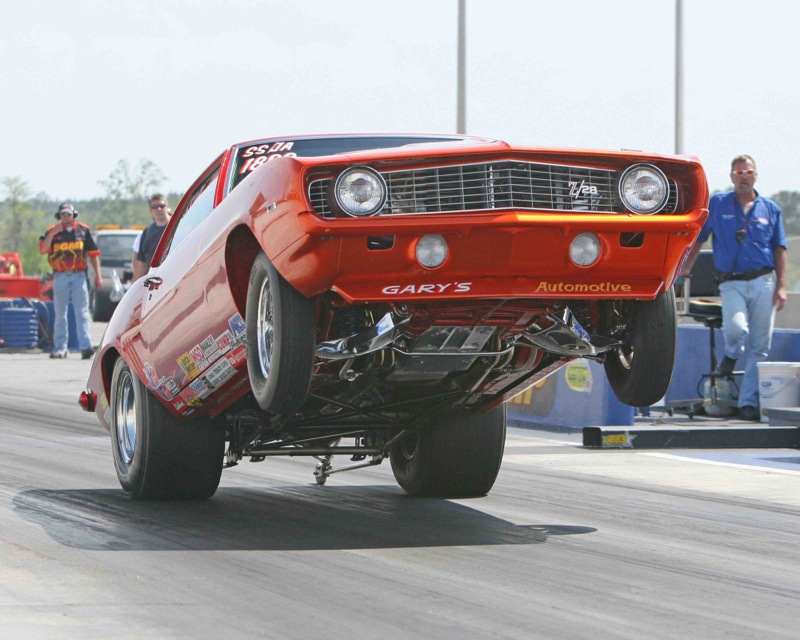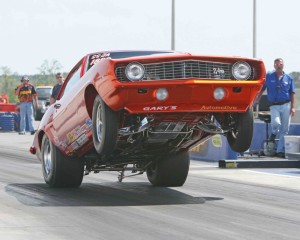While providing good engine rebuilding work is an essential component of customer satisfaction, perhaps even more important — when it comes to cultivating loyalty — is delivering exceptional customer service. After all, customers expect us to rebuild and engine or get more horsepower out of it.
What they don’t expect is a convenient, easy and enjoyable experience. If you can excel in the customer service arena, you will give customers a reason to return.
Making A Good Impression
You may not realize that a customer’s interaction with your shop starts before they even walk in the door. A customer is going to form opinions about your business based on your advertising materials, website, internet reviews and even the causes you support. Having a user-friendly website that features testimonials, photos of your shop and the benefits you offer customers is a great way to build trust with potential new customers.
When it comes to advertising, make sure your offers are clear, easy-to-understand and easy to use. For example, maybe they saw a promotion of yours at a local track. Your first conversation with a customer when they walk in your door shouldn’t involve you explaining a confusing promotion on a performance rebuild.
And, don’t forget to monitor your online reputation. With so much engine work being shipped cross-country, using the Internet as a means to do business is a helpful tool. But you also need to keep up with it and addressing bad reviews will show your willingness to discuss concerns.
So, what happens when a customer finally visits your shop? He or she should encounter a clean facility, staffed by friendly, articulate, well-groomed employees. Remember, there are more women these days becoming involved in racing or wanting their car or truck’s engine modified. So keep your entrance area clean, organized and maintained. First impressions say a lot and you have only a few seconds to provide a perception of integrity and superior service.
Separating Yourself From The Pack
Serving customers well is tricky because the definition of what is considered excellent customer service keeps changing. Benefits that were once considered unusual, such as engine build warranties and extended hours on weekends, towing in a racecar for a customer are now becoming the norm.
Don’t be afraid to tap technology to improve convenience and communication. You can incorporate an online booking form on your website to allow racers/customers to communicate their appointment preference without them ever picking up the phone.
Instead of having customers call you to receive updates on the status of their performance build, keep them informed via text or e-mail. New applications also allow you to send photos of damaged components that are found during a teardown, inspection reports and estimates directly to customers’ smartphones and tablets.
Efficiently managing the flow of engine builds through your shop and effectively communicating with customers will help you establish a reputation for strong customer service and a favorite for local racers.
What Can Customers Do For You
Maybe you have a good reputation around the local racetrack for building winning performance engines. Or you operate a shop in a farming community that depends on you getting the locals’ diesel-powered machinery and equipment up and running smoothly back in the fields.
Or maybe you are the shop of choice that area fishing businesses turn to get their marine engine rebuilt to keep their head above water. Do you feature testimonials from these satisfied customers on your website?
If not, you should consider using your customers to tell your story.
Customer-Focused Culture
You can have the best intentions of delivering unparalleled customer service, but if you fail to train your staff on how to treat customers, how to better communicate during order shipping, discussing pricing for performance upgrades and other business tasks, you’ll fall short.
Unfortunately, this is where a lot of shop owners drop the ball because they either don’t have the time or don’t make the time to establish customer service procedures. Don’t make that mistake. Create written standards outlining how you want your shop to look, how to handle customer inquiries, parts and labor formulas and how to communicate during the engine build process.
Train employees on those standards and let them know you’ll regularly review their performance. Communicate often about changes in promotions and policies, so employees have the proper information when talking to customers, especially outside the shop at the track , tradeshows, etc.
If you create a customer-focused culture, and then reinforce that culture through training and evaluations, you’ll give customers a reason to stay loyal for life and recommend new customers.
###
Tim Ross is president of Mudlick Mail, a leading provider of direct mail campaigns to the automotive repair industry. Mudlick Mail has worked with close to 1,000 automotive repair and transmission shops across the U.S. and Canada, helping them improve their car count and increase sales. The company teaches its clients how to understand consumer-buying habits and shows them how to create effective systems to maximize the value of their marketing campaigns.












